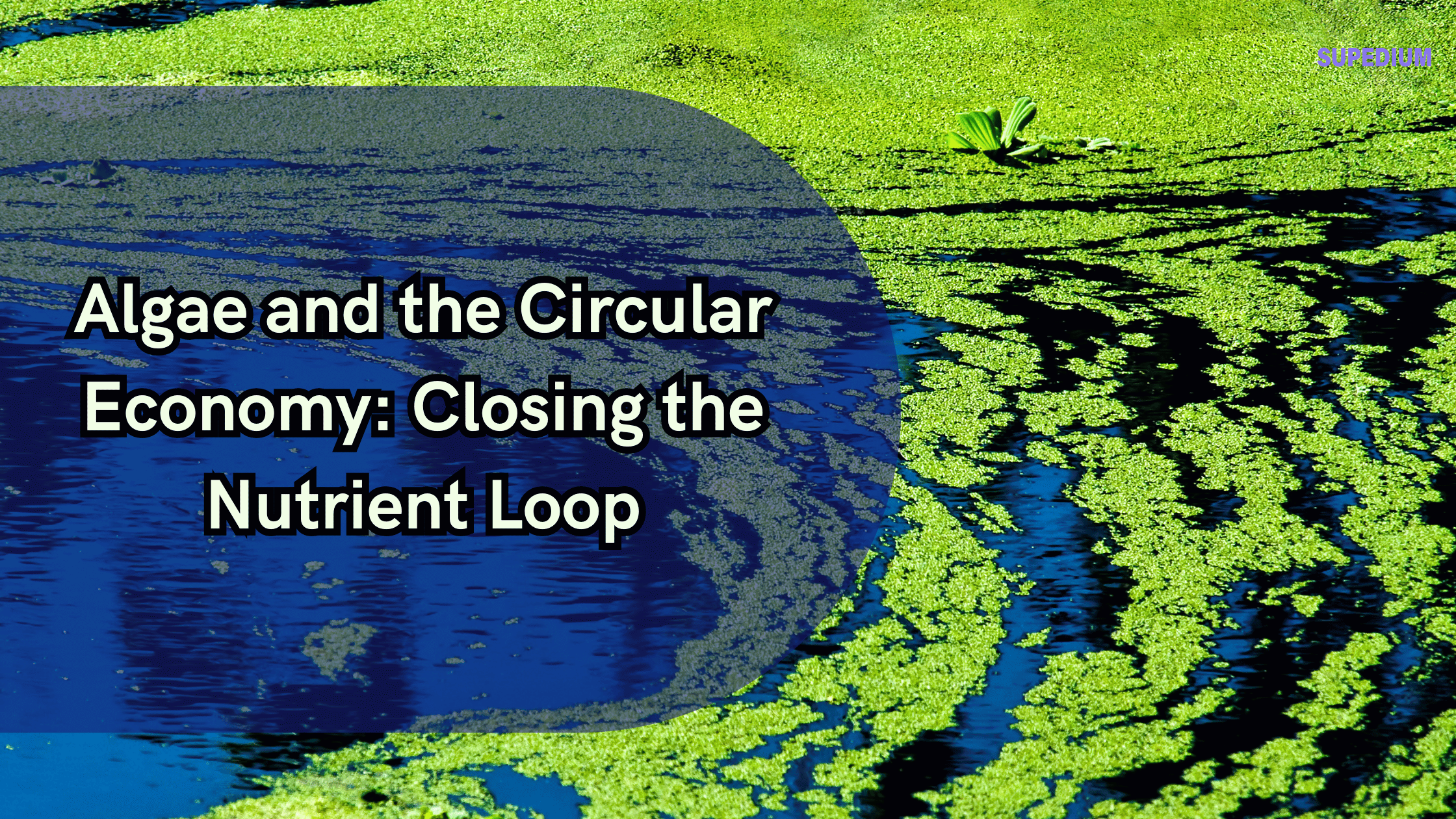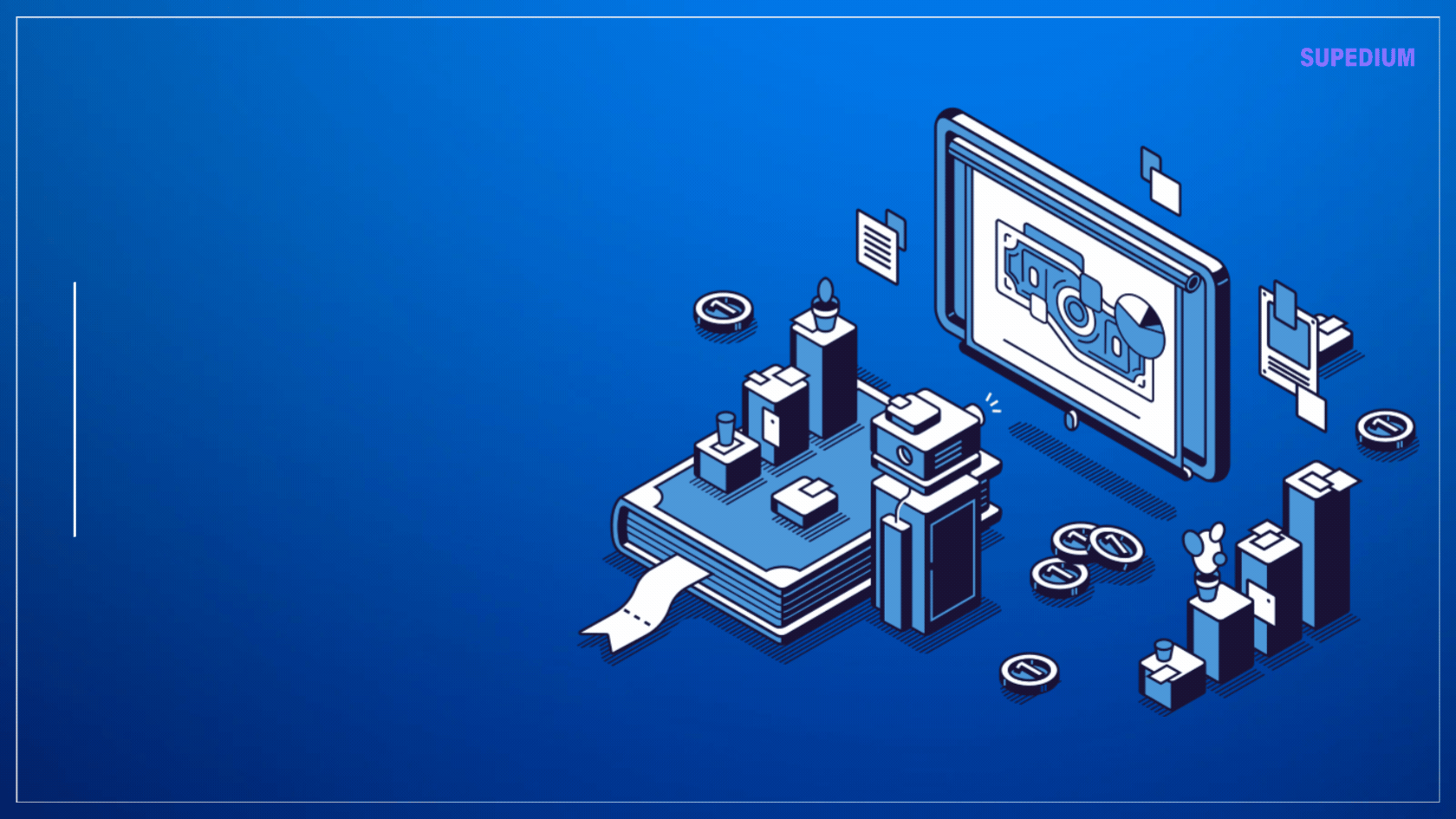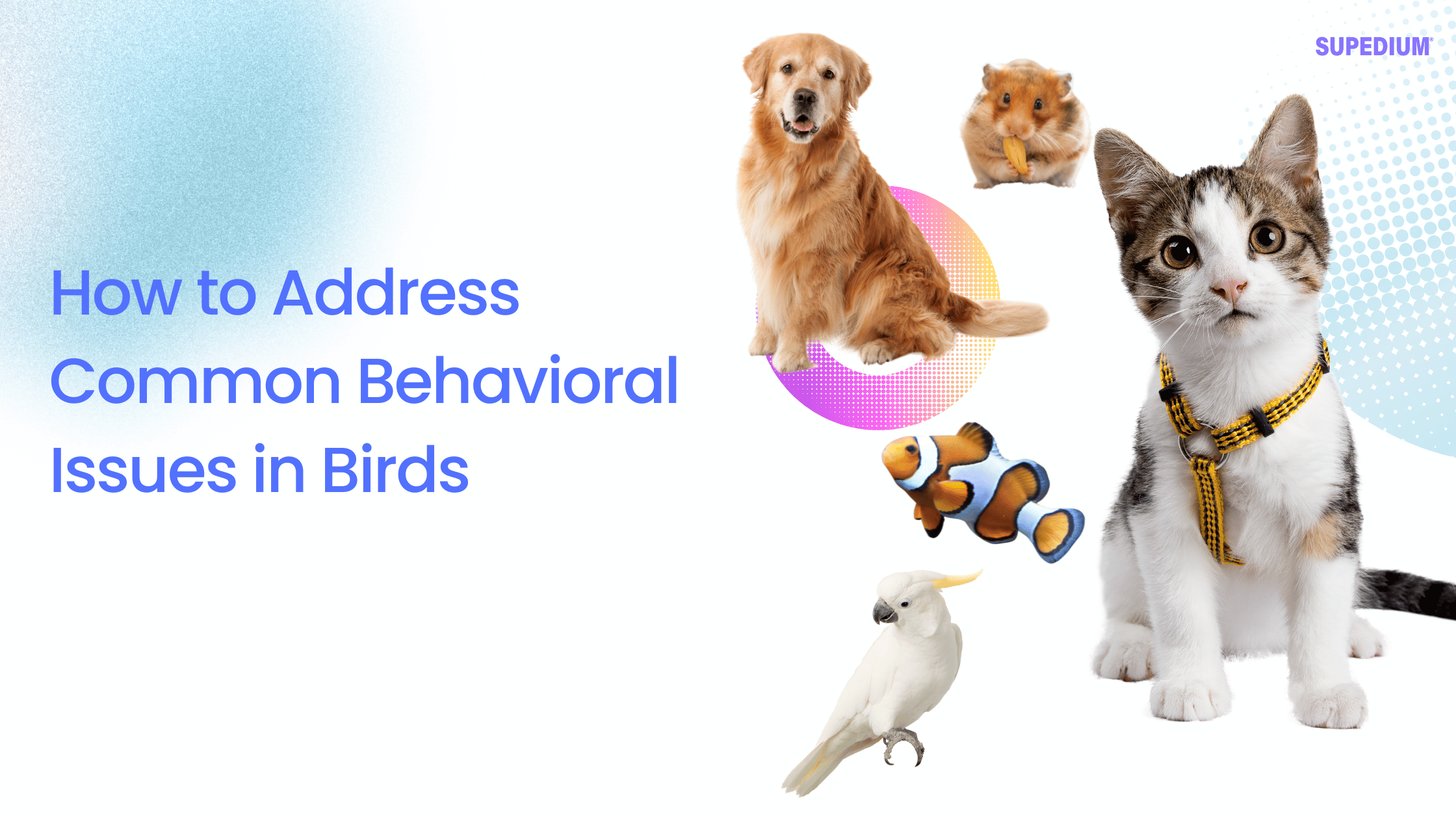Table of Contents
![]()
Introduction
The circular economy is a transformative concept aimed at creating a sustainable economic system by minimizing waste and maximizing resource use. It emphasizes reducing, reusing, recycling, and regenerating resources to create a closed-loop system where the lifecycle of products and materials is extended. Algae, a diverse group of photosynthetic organisms, plays a pivotal role in this framework by offering innovative solutions for closing the nutrient loop—a critical aspect of maintaining ecosystem health and sustainability. This article explores how algae contribute to the circular economy, particularly in nutrient cycling and recycling.
Understanding Algae
Algae are aquatic organisms that vary widely in form and function. They are generally categorized into two main types: macroalgae and microalgae.
- Macroalgae: These are large, visible algae commonly referred to as seaweeds. They include species like kelp and nori. Macroalgae thrive in marine environments and play significant roles in coastal ecosystems.
- Microalgae: These are microscopic organisms, including phytoplankton, Spirulina, and Chlorella. Microalgae are found in both marine and freshwater environments and are essential for the aquatic food web.
Biologically, algae are crucial for photosynthesis, producing oxygen and absorbing carbon dioxide. They also play a vital ecological role by aiding in nutrient cycling and water purification. Economically, algae are valuable in various industries, including food and nutrition, biofuels, pharmaceuticals, and agriculture.
Nutrient Cycling and Algae
Nutrient cycling refers to the natural process through which nutrients are exchanged between living organisms and the environment. Key nutrients involved include nitrogen, phosphorus, and potassium. These nutrients are essential for plant growth and ecosystem health but can lead to environmental issues like eutrophication if not properly managed.
Algae contribute significantly to nutrient cycling by absorbing and assimilating these nutrients from their surroundings. In natural ecosystems, algae help prevent nutrient runoff and improve water quality. In managed systems, algae can be utilized to recover nutrients from wastewater.
Case Studies: Algae in Nutrient Recovery
Several successful implementations of algae for nutrient recovery illustrate their potential in closing the nutrient loop:
- Wastewater Treatment: Algae-based wastewater treatment systems use algae to remove excess nutrients from sewage and industrial effluents. Algae absorb nitrogen and phosphorus, reducing pollution and improving water quality. For example, integrated algae-based systems have been deployed in various municipalities and industries to treat wastewater effectively.
- Nutrient Recovery: In some cases, algae have been used to recover nutrients from agricultural runoff. Algae cultivation systems can capture excess nutrients before they enter water bodies, mitigating eutrophication and promoting sustainable agriculture.
Algae-Based Technologies for Closing the Nutrient Loop
Several technologies leverage algae to support circular economy principles and close the nutrient loop:
- Wastewater Treatment: Algae-based systems, such as photobioreactors and open pond systems, are employed to treat wastewater. These systems use algae to absorb nutrients, which are then harvested and processed. This approach not only improves water quality but also generates valuable biomass that can be used for various applications, including biofuels and fertilizers.
- Agricultural Applications: Algae can be processed into organic fertilizers and soil conditioners. These algae-based products enrich the soil with essential nutrients, promoting sustainable farming practices. For instance, algae-derived fertilizers are known to enhance soil fertility and reduce dependency on synthetic fertilizers.
- Biogas and Biofuel Production: Algae are used to produce biofuels such as biodiesel and biogas. During these processes, nutrients are recycled within the system. Algae biomass, after biofuel extraction, can be repurposed for nutrient recovery or as animal feed, thereby contributing to a closed-loop system.
Challenges and Opportunities
Despite their potential, algae-based technologies face several challenges:
- Technical Challenges: Scaling up algae cultivation systems can be complex and costly. Issues such as optimizing growth conditions, managing contamination, and harvesting efficiency need to be addressed to make these technologies more viable.
- Economic Considerations: The economic feasibility of algae-based solutions depends on factors like production costs, market demand, and competition with traditional technologies. However, advancements in technology and increasing demand for sustainable solutions could enhance their economic viability.
- Regulatory and Environmental Concerns: Regulatory frameworks for algae cultivation and use vary across regions. Ensuring that algae-based systems comply with environmental regulations and do not have adverse impacts on local ecosystems is essential for their successful implementation.
Future Directions
The future of algae in the circular economy is promising, with ongoing research and technological advancements. Innovations in algae cultivation techniques, such as improved photobioreactor designs and genetic engineering, hold the potential to enhance algae’s efficiency in nutrient recovery and biofuel production. Integrating algae-based solutions into broader circular economy models will require collaboration between industries, researchers, and policymakers.
Conclusion
Algae have the potential to play a crucial role in closing the nutrient loop and supporting the principles of the circular economy. By leveraging algae for wastewater treatment, agricultural applications, and biofuel production, we can enhance resource efficiency and promote sustainability. Continued research, technological advancements, and policy support will be vital in realizing the full potential of algae in creating a more sustainable and resilient economic system.
Share This





Be the first to comment